Studies representing nearly 2 million adults worldwide show that eating about five daily servings of fruits and vegetables, in which 2 are fruits and 3 are vegetables, is likely the optimal amount for a longer life, according to new research published today in the American Heart Association’s flagship journal Circulation.
Category: Research Results

New treatment unlocks potential for baking raspberries
Raspberry muffins are in our future.
Potential Target for Treating Many Cancers Found Within GLI1 Gene
Scientists from the Stanley Manne Children’s Research Institute at Ann & Robert H. Lurie Children’s Hospital of Chicago found that a region within the DNA of the cancer-promoting GLI1 gene is directly responsible for regulating this gene’s expression. These findings, published in the journal Stem Cells, imply that this region within GLI1 could potentially be targeted as cancer treatment, since turning off GLI1 would interrupt excessive cell division characteristic of cancer.
The risk of ADHD may be lower if children grow up in green environments
The amount of green space surrounding children’s homes could be important for their risk of developing ADHD. This is shown by new research results from iPSYCH.
Reinforced by policies, charters segregate schools
The expansion of charter schools in the 2000s led to an increase in school segregation and a slight decline in residential segregation, according to new research from Cornell University providing the first national estimates of the diverging trends.
Hotter, drier, CRISPR: editing for climate change
Gene editing technology will play a vital role in climate-proofing future crops to protect global food supplies, according to scientists at The University of Queensland.
Walking away from the beat – why police officers are voluntarily leaving in large numbers
Home Office data shows the number of police officers voluntarily resigning from the force in England and Wales has more than doubled in the last eight years.
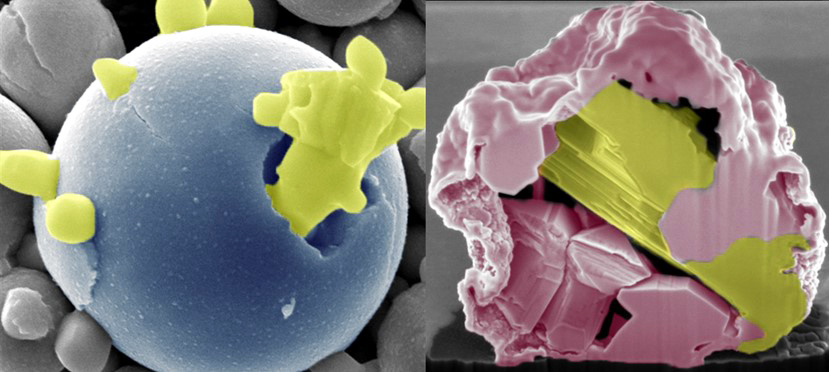
Metal whispering: Finding a better way to recover precious metals from electronic waste
With a bit of “metal whispering,” Iowa State University engineers have developed technology capable of recovering pure and precious metals from the alloys in our old phones and other electrical waste. All it takes is the controlled application of oxygen and relatively low levels of heat.
Geriatric Emergency Departments Associated with Lower Medicare Expenditures
As the U.S. population ages, more hospitals are implementing geriatric emergency department (GED) programs with specialized staff focused on transitional care for older adults. A new study finds that providing specialized geriatric emergency care results in lower Medicare expenditures up to $3,200 per beneficiary.
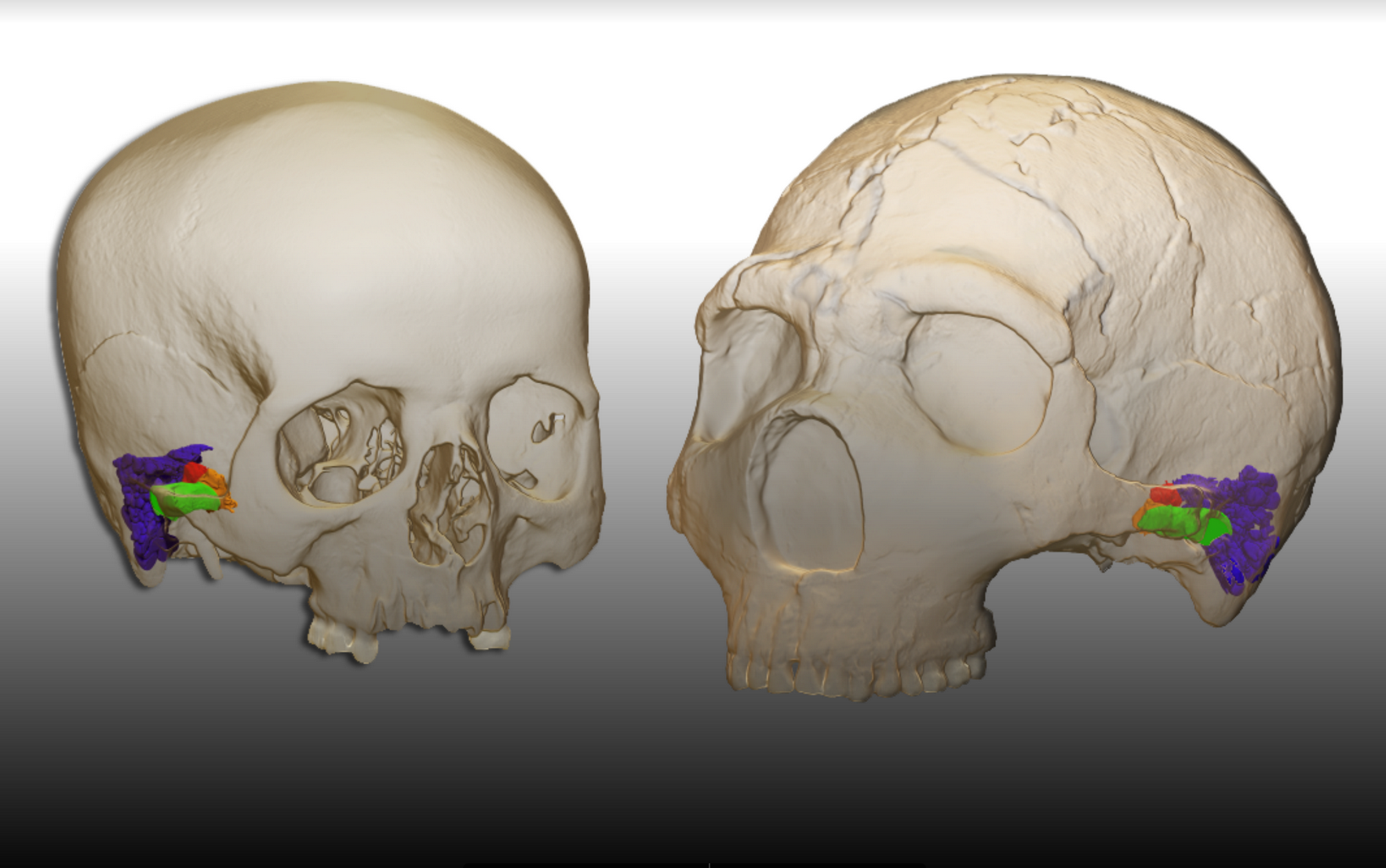
Neandertals had the capacity to perceive and produce human speech
Neandertals — the closest ancestor to modern humans — possessed the ability to perceive and produce human speech, according to a new study published by an international multidisciplinary team of researchers including Binghamton University anthropology professor Rolf Quam and graduate student Alex Velez.
Medical School Curriculum Takes Aim at Social Determinants of Health
There is a growing recognition in health care that social factors such as racial bias, access to care and housing and food insecurity, have a significant impact on people’s health. Compounding and amplifying those underlying inequalities are the ongoing disruptions related to the COVID-19 pandemic and social unrest in our country.
Individualized brain cell grafts reverse Parkinson’s symptoms in monkeys
Grafting neurons grown from monkeys’ own cells into their brains relieved the debilitating movement and depression symptoms associated with Parkinson’s disease, researchers at the University of Wisconsin–Madison reported today.
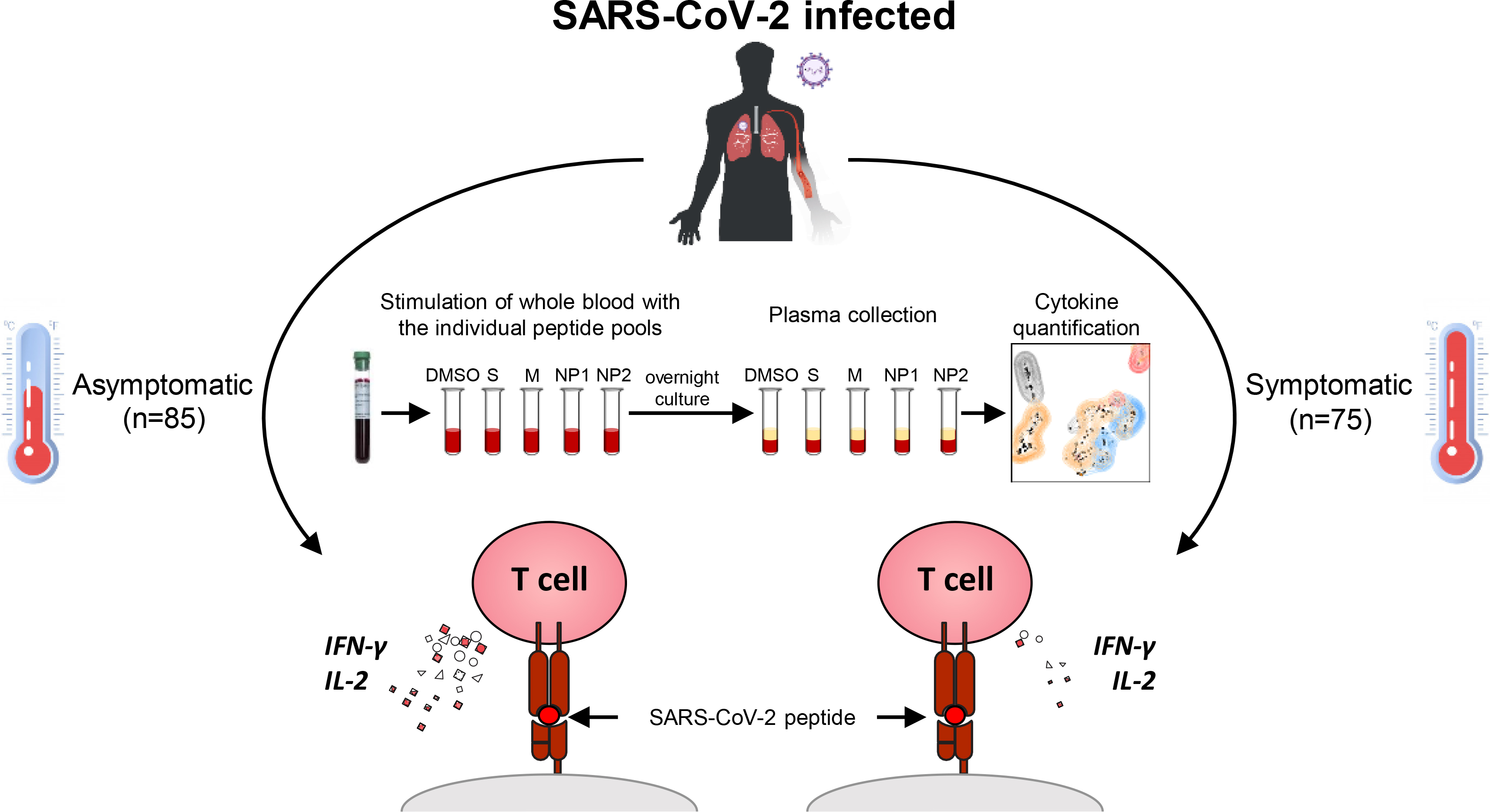
Balanced T cell response key to avoiding COVID-19 symptoms, study suggests
By analyzing blood samples from individuals infected with SARS-CoV-2, researchers in Singapore have begun to unpack the different responses by the body’s T cells that determine whether or not an individual develops COVID-19. The study, published today in the Journal of Experimental Medicine (JEM), suggests that clearing the virus without developing symptoms requires T cells to mount an efficient immune response that produces a careful balance of pro- and anti-inflammatory molecules.

School closures ‘sideline’ working mothers
Decades of feminist gains in the workforce have been undermined by the COVID-19 pandemic, which has upended public education across the United States, a critical infrastructure of care that parents – especially mothers – depend on to work, according to new research from Washington University in St. Louis.
In Era of Online Learning, New Testing Method Aims To Reduce Cheating
In research published today in npj Science of Learning, engineers from Rensselaer Polytechnic Institute demonstrate how a testing strategy they call “distanced online testing” can effectively reduce students’ ability to receive help from one another in order to score higher on a test taken at individual homes during social distancing.
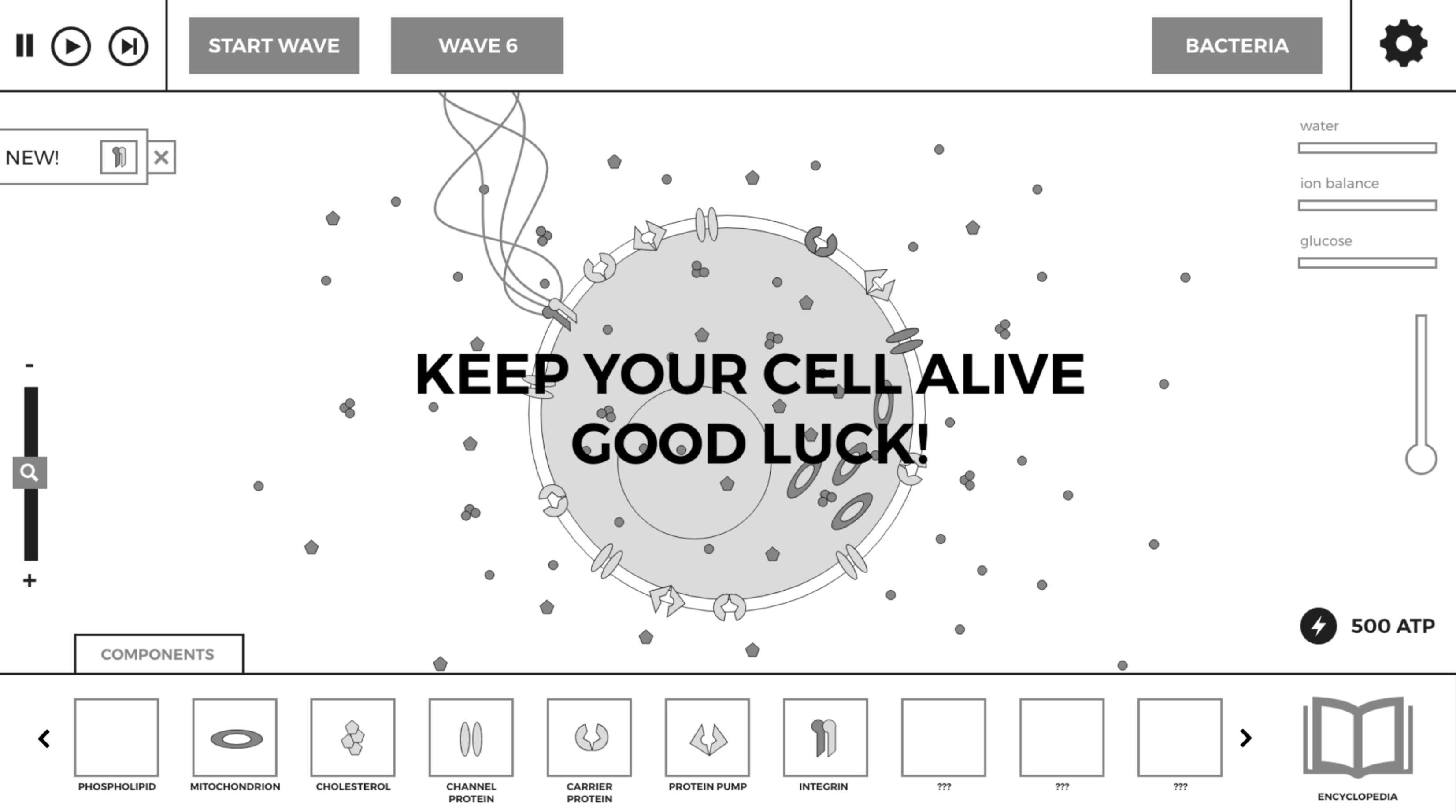
Scholarship and Practice of Undergraduate Research Issue Features Nontraditional Approaches to Research
The winter 2020 issue of Scholarship and Practice of Undergraduate Research (SPUR), the academic journal of the Council on Undergraduate Research, focuses on unusual approaches to undergraduate research such as research for chefs and a video game for biology majors.
Mutant Gene-Targeted Immunotherapy Approach Developed
Johns Hopkins Kimmel Cancer Center study co-author Bert Vogelstein, M.D., will present the related talk “Targeting genetic alterations in cancers with immunotherapeutic agents” at 11 a.m., March 1, at the Advances in Genome Biology and Technology (AGBT) conference. More information can be found at: https://www.agbt.org/events/general-meeting/agenda/. NOTE: AGBT provides complimentary press registration to staff and working freelance journalists who wish to cover the meeting. https://www.agbt.org/media/guidelines/
Lung Cancer Cells Have Differential Signaling Responses to KRAS Inhibitor Treatment with Important Implications for Emerging Clinical Trials
In a new article published in Clinical Cancer Research, Moffitt Cancer Center researchers show that various subtypes of lung cancer cells activate different signaling pathways in response to KRASG12C inhibitor treatment. These results may help identify potential combination therapy approaches and guide treatment decisions for lung cancer patients in the future.
Why COVID-19 vaccine distribution methods fall short and 3 ways to improve them
Several proposals have emerged on how to distribute the COVID-19 vaccine, but they fall short in ensuring that the vaccine is distributed fairly. A team including Binghamton University professor Nicole Hassoun suggests three ways to more fairly and effectively distribute the vaccine so that people in poor countries get the vaccine as soon as possible.
Education Level, Interest in Alternative Medicine Among Factors Associated with Believing Misinformation
While many people believe misinformation on Facebook and Twitter from time to time, people with lower education or health literacy levels, a tendency to use alternative medicine or a distrust of the health care system are more likely to believe inaccurate medical postings than others, according to research published by the American Psychological Association.
Researchers watch anti-cancer drug release from DNA nanostructures in real time
A team of researchers from Finland and Germany have found a way to study the endonuclease-driven digestion of drug-loaded DNA nanostructures in real time. As the team investigated the binding of anti-cancer drug doxorubicin (Dox) to the DNA structures in great detail, they discovered that the majority of previous studies have vastly overestimated the Dox loading capacity of DNA origami.
To sustain a thriving café culture, we must ditch the disposable cup.
Takeaway coffees – they’re a convenient start for millions of people each day, but while the caffeine perks us up, the disposable cups drag us down, with nearly 300 billion ending up in landfill each year.
While most coffee drinkers are happy to make a switch to sustainable practices, new research from the University of South Australia shows that an absence of infrastructure and a general ‘throwaway’ culture is severely delaying sustainable change.
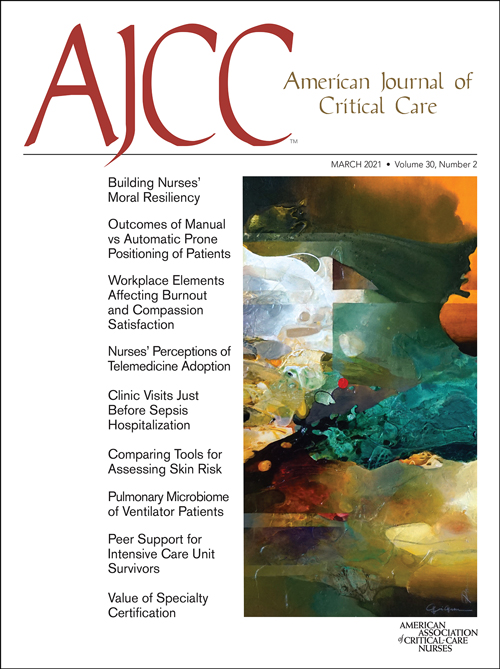
In-Person Reviews of ICU Patient Deaths Led to Care Improvements
Data from five years of in-person rapid mortality reviews of 500+ ICU patient deaths at a Los Angeles hospital not only identified immediate concerns related to patient care but also yielded valuable insights on potentially preventable patient deaths and areas for hospital improvement initiatives.
March SLAS Discovery Explores COVID-19 Drug Therapies Six Months Later
The March edition of SLAS Discovery features the cover article, “Therapeutic and Vaccine Options for COVID-19: Status After 6 Months of the Disease Outbreak” by Christian Ogaugwu (Federal University Oye-Ekiti, Ekiti State, Nigeria ), Dawid Maciorowski, Subba Rao Durvasula, Ph.D., Ravi Durvasula, M.D., and Adinarayana Kunamneni, Ph.D. (Loyola University Medical Center, Maywood, IL, USA).

Microplastic Sizes in Hudson-Raritan Estuary and Coastal Ocean Revealed
Rutgers scientists for the first time have pinpointed the sizes of microplastics from a highly urbanized estuarine and coastal system with numerous sources of fresh water, including the Hudson River and Raritan River. Their study of tiny pieces of plastic in the Hudson-Raritan Estuary in New Jersey and New York indicates that stormwater could be an important source of the plastic pollution that plagues oceans, bays, rivers and other waters and threatens aquatic and other life.
Financial Incentives for Hospitals Boost Rapid Changes to Opioid Use Disorder Treatment
In a study at Penn researchers found that Pennsylvania’s financial incentive policy encouraged hospitals to enact rapid changes to support treatment for opioid use disorder for patients visiting the ED, and evaluates the efficacy of the Opioid Hospital Quality Improvement Program.
Study: Treatable Sleep Disorder Common in People with Thinking and Memory Problems
Obstructive sleep apnea is when breathing is repeatedly interrupted during sleep. Research has shown people with this sleep disorder have an increased risk of developing cognitive impairment and Alzheimer’s disease. Yet, it is treatable. A preliminary study released today, February 28, 2021, has found that obstructive sleep apnea is common in people with cognitive impairment. The study will be presented at the American Academy of Neurology’s 73rd Annual Meeting being held virtually April 17 to 22, 2021.

Changing the silkworm’s diet to spin stronger silk
Tohoku University researchers have produced cellulose nanofiber (CNF) synthesized silk naturally through a simple tweak to silkworms’ diet.
Discovery: Neanderthal-derived protein may reduce the severity of COVID-19
Researchers at the Lady Davis Institute (LDI) at the Jewish General Hospital have discovered that increased levels of the protein OAS1 are associated with reduced mortality and less severe disease requiring ventilation among patients with COVID-19.

Could a common barnacle help find missing persons lost at sea?
A common barnacle could be used to help trace missing persons lost at sea, according to research by UNSW Science.
Vitamin B6 may help keep COVID-19’s cytokine storms at bay
Who would have thought that a small basic compound like vitamin B6 in the banana or fish you had this morning may be key to your body’s robust response against COVID-19?
SARS-CoV-2 mutations in competition
Prior to the emergence of new mutants of the coronavirus, such as the British variant B.1.1.7, the SARS-CoV-2 variant named D614G had already mutated from the original SARS-CoV-2 pathogen that triggered the pandemic.
“Stark warning”: Combating ecosystem collapse from the tropics to the Antarctic
Eminent scientists warn that key ecosystems around Australia and Antarctica are collapsing, and propose a three-step framework to combat irreversible global damage.

Dinosaur species: ‘Everyone’s unique’
“Everyone’s unique” is a popular maxim. All people are equal, but there are of course individual differences. This was no different with dinosaurs.
When using pyrite to understand Earth’s ocean and atmosphere: Think local, not global
Scientists have long used information from sediments at the bottom of the ocean to reconstruct the conditions in oceans of the past. But a study in Science Advances raises concerns about the common use of pyrite sulfur isotopes to reconstruct Earth’s evolving oxidation state. These signals aren’t the global fingerprint of oxygen in the atmosphere, according to new research from Washington University in St. Louis.

Pioneering prehistoric landscape reconstruction reveals early dinosaurs lived on tropical islands
A new study using leading edge technology has shed surprising light on the ancient habitat where some of the first dinosaurs roamed in the UK around 200 million years ago.
Genomic Data Commons provides unprecedented cancer data resource
The National Cancer Institute’s Genomic Data Commons (GDC), launched in 2016 by then-Vice President Joseph Biden and hosted at the University of Chicago, has become one of the largest and most widely used resources in cancer genomics, with more than 3.3 petabytes of data from more than 65 projects and over 84,000 anonymized patient cases, serving more than 50,000 unique users each month.

Under climate stress, human innovation set stage for population surge
Instead of a collapse amid dry conditions, development of agriculture and increasingly complex human social structures set the stage for a dramatic increase in human population in central plains of China around 3,900 to 3,500 years ago.
Alcohol Plus Cadmium (via Smoking) Can Amplify Blood Pressure and Cardiovascular Risk
Heavy drinking combined with cadmium exposure — most commonly via smoking — escalates the risk of hypertension, according to a new study. Hypertension (high blood pressure) affects 26 percent of the global population and is the leading cause of cardiovascular disease and mortality. Alcohol consumption and cadmium exposure are known risk factors for hypertension. Exposure to cadmium, a metal that accumulates in body organs, occurs mainly through smoking, which often accompanies heavy drinking. Other cadmium sources include certain foods, air pollution, and wine and beer. Alcohol increases the absorption of cadmium in the body, and evidence suggests that the two substances contribute to hypertension via shared physiological pathways. The new study, in Alcoholism: Clinical & Experimental Research, is the first known epidemiological investigation of the combined effects of alcohol and cadmium on blood pressure.
Menthol cigarettes linked to 10 million extra smokers, hundreds of thousands of premature deaths
Menthol cigarettes contributed to 378,000 premature deaths in the United States between 1980 to 2018, according to a new University of Michigan study.
Researchers Uncover Link Between Racial, Ethnic and Socioeconomic Factors and Likelihood of Getting Effective Treatment for Atrial Fibrillation
Even though the use of rhythm control strategies for treating Paroxysmal Atrial Fibrillation (AF), a common abnormal heart rhythm, have increased overall in the United States, patients from racial and ethnic minority groups and those with lower income were less likely to receive rhythm control treatment – often the preferred treatment – according to new research from the Perelman School of Medicine at the University of Pennsylvania.
MicroRNA Testing of Healthy Children Could Provide a Window on Heart and Kidney Health Later in Life
Molecules called microRNAs (miRNAs) that are measurable in urine have been identified by researchers at Mount Sinai as predictors of both heart and kidney health in children without disease. The epidemiological study of Mexican children was published in February in the journal Epigenomics.

Pioneering prehistoric landscape reconstruction reveals early dinosaurs lived on tropical islands
A new study using leading edge technology has shed surprising light on the ancient habitat where some of the first dinosaurs roamed in the UK around 200 million years ago.

In a Contentious Era, How Do Friends with Different Values Stick Together? Faculty and Student Research Sheds Light
Americans are perhaps more polarized today than at any time since the Civil War. This idea has become ingrained in contemporary American discourse, popping up with increasing frequency in media coverage, in public opinion studies, and in research about how social media and its “filter bubbles” are driving polarization.
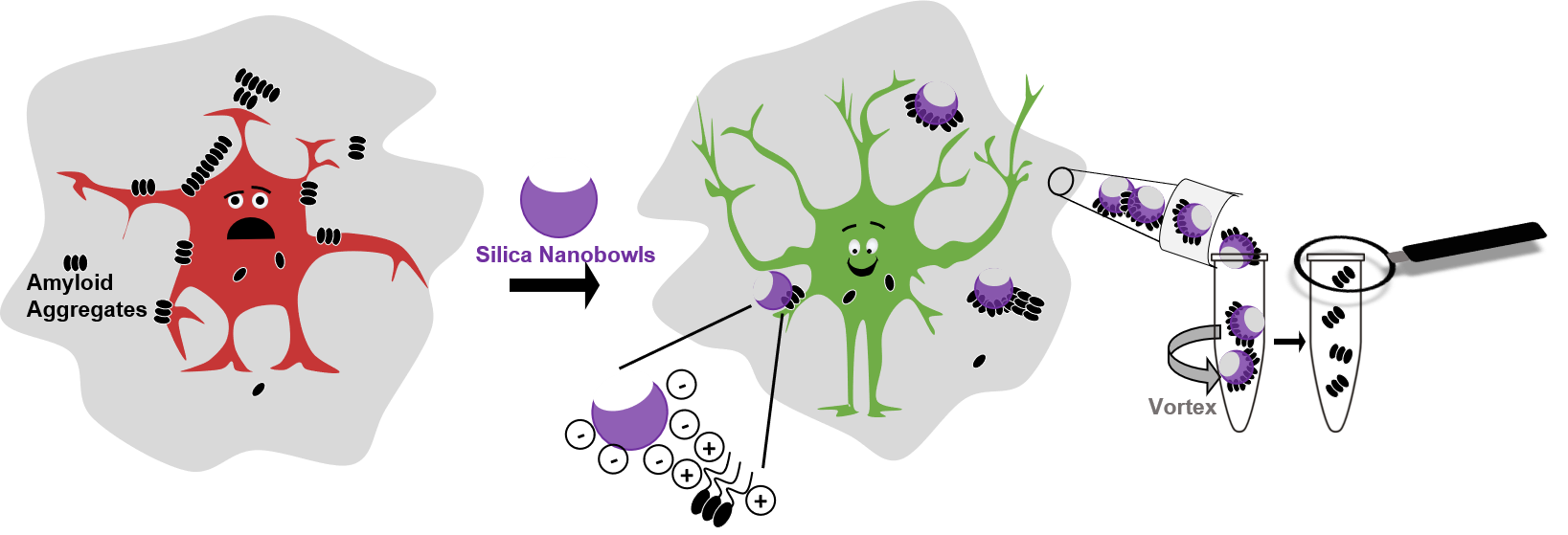
Nanoparticles Help Untangle Alzheimer’s Disease Amyloid Beta Plaques
ROCKVILLE, MD – Scientists are still a long way from being able to treat Alzheimer’s Disease, in part because the protein aggregates that can become brain plaques, a hallmark of the disease, are hard to study.

Diversity Among Study Participants Credited with Identifying Gene Linked to Asthma
Researchers at Henry Ford Health System, as part of a national asthma collaborative, have identified a gene variant associated with childhood asthma that underscores the importance of including diverse patient populations in research studies.
The study is published in the print version of the American Journal of Respiratory and Critical Care Medicine.
Investigadores de Mayo Clinic crean prueba para medir efecto de variantes genéticas del cáncer de mama
Los investigadores de Mayo Clinic combinaron los resultados de una prueba funcional que mide el efecto de las variantes heredadas en el gen BRCA2 del cáncer de mama y ovario con la información clínica de mujeres sometidas a pruebas genéticas a fin de determinar la importancia clínica para el BRCA2 de muchas variantes de significado desconocido (VUS, por sus siglas en inglés).
Effective anxiety therapy changes personality
Previous research from the Norwegian University of Science and Technology (NTNU) has shown that people with anxiety disorders can benefit from two types of therapy. But in a new NTNU study, the same patients also exhibited major changes on a scientific personality test.
Patients with Sickle Cell–Related Kidney Failure Benefit from Transplants But Are Less Likely to Receive Them
• Patients with kidney failure associated with sickle cell disease benefit from kidney transplants, but they’re less likely than other patients to receive them.

Climate change-driven snowmelt in Alps triggers abrupt seasonal change
Spring snowmelt in the Alps is occurring earlier in the year due to climate change and as a result triggering abrupt deviations in mountain ecosystems. These changes could negatively affect the functioning of these valuable ecosystems.